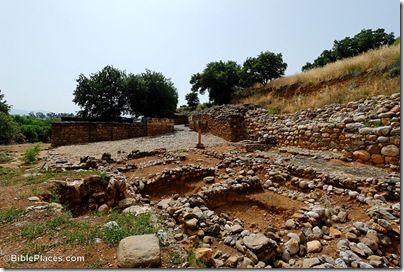If you’ve thought about learning biblical Hebrew or Greek—or really learning it after seminary, you should consider the Biblical Language Center in Israel. The uniqueness of this program is that you learn Hebrew (or Greek) as a living language. That means that you learn it by living it.
BLC’s goal is for students to fluidly read the Bible with a natural and instant comprehension. Therefore, BLC immersion courses use living language methods in teaching Biblical Hebrew and Koine Greek. This means that more than 90% of classroom time is filled with the spoken biblical language. The result is an internalization of the languages which speeds the pace of learning and improves the reading of the biblical text.
You can read more about it on their website, noting especially the methodology description. I have not had the privilege of participating, but friends who have give the highest recommendation.
Course offerings this summer:
Greek
Beginning Koine Greek (4 weeks):
“Introduction to the Parables of Jesus”
June 7-July 3, 2009
Intermediate Koine Greek (2 weeks):
“More Parables, Papyri, and Aesop’s Fables”
July 5-17, 2009
Hebrew
Beginning Biblical Hebrew (4 weeks):
“Jonah”
June 21-July 17, 2009
Intermediate Biblical Hebrew (2 weeks):
“Ruth the Moabitess: Ruth 1-4, Gen 19, Num 25”
June 21-July 3, 2009
Intermediate Biblical Hebrew (2 weeks):
“Samson, Shfelah, and Philistines, Judges 13-16”
July 5-17, 2009
Intermediate Biblical Hebrew (2 weeks):
“In the Beginning: Genesis 1-3”
July 19-31, 2009
Intermediate Biblical Hebrew (2 weeks):
“Psalms: Selected Coronation, Ascent and Canaanite Psalms”
July 19-31, 2009
All courses are offered in a quiet community near Jerusalem. You can learn more about it at
www.biblicalulpan.org.



